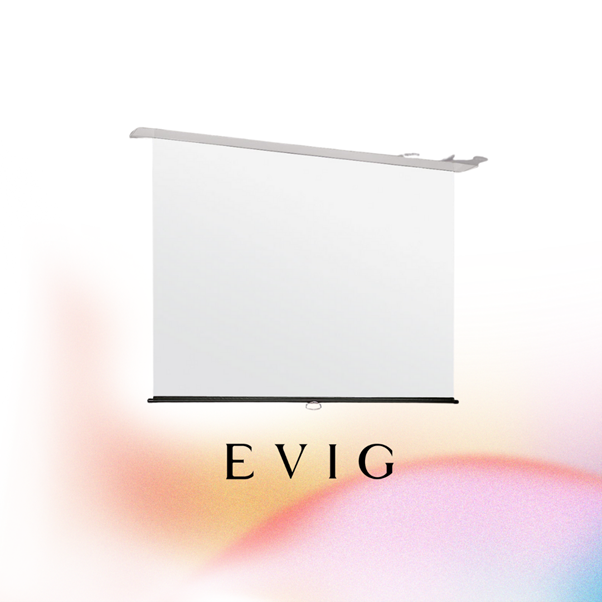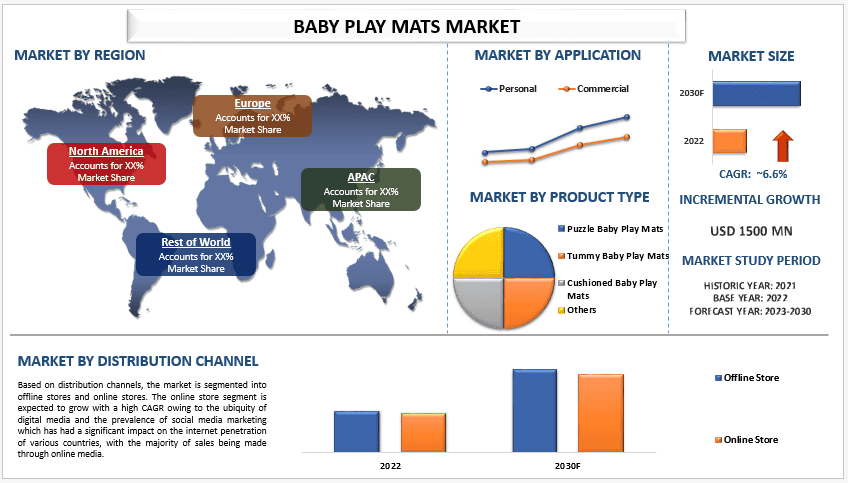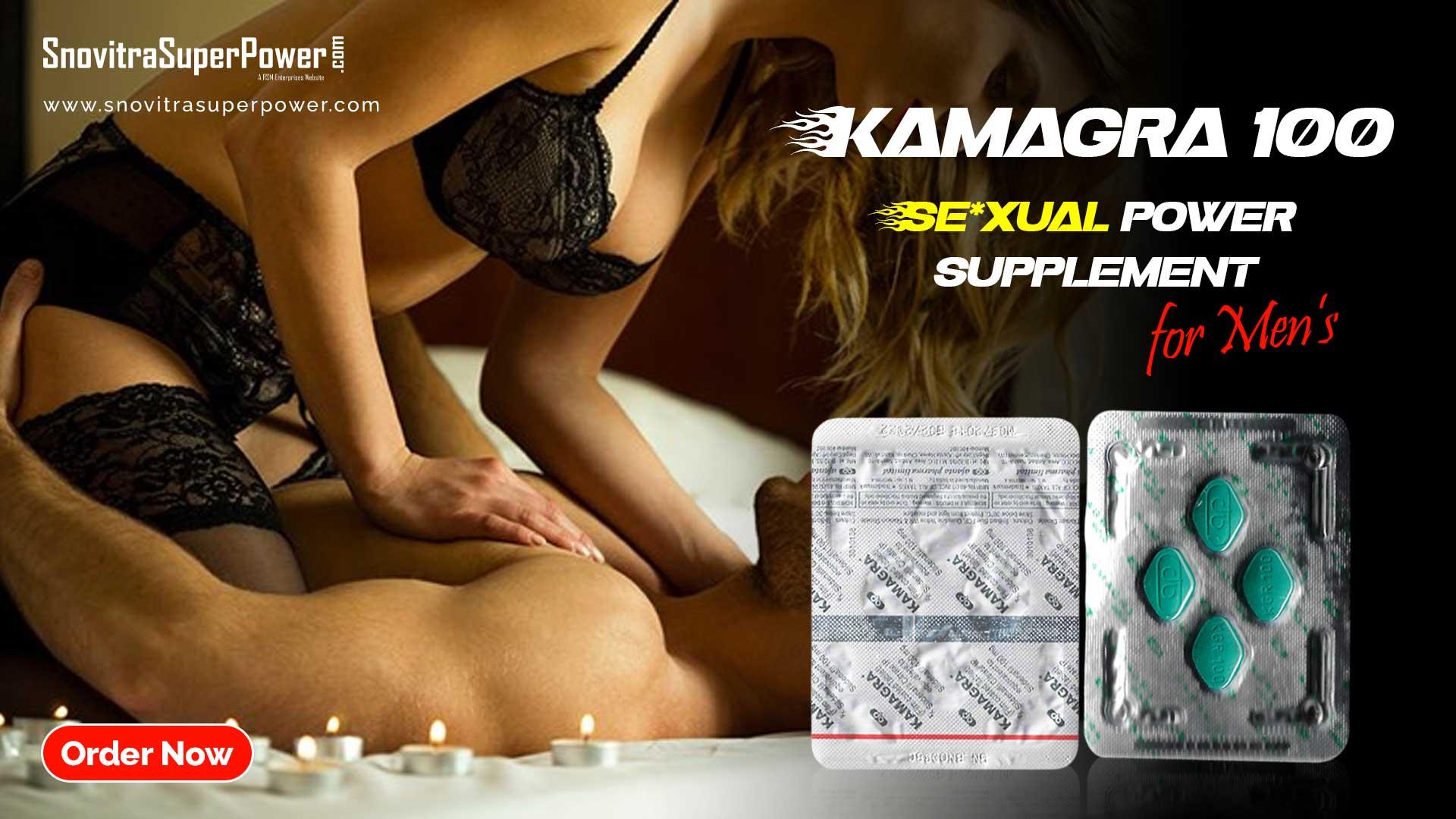When setting up a room for movies, meetings, or lessons, one question that often arises is, "Should you opt for a free-hanging or a tensioned ceiling projection screen?"
Both look neat and hide away when not in use. But when it comes to picture quality and long-term use, the screen surface matters a lot. That's where the real difference between these two types shows up.
What Is a Ceiling Projection Screen?
A ceiling projection screen is a screen that drops down from the ceiling when needed and goes back up when not in use. This saves wall space and keeps the room looking tidy. People love it in living rooms, boardrooms, classrooms, and even hotel meeting halls.
Some are hidden completely inside the ceiling. Others are mounted just below the ceiling line. You'll often see these in places where a fixed screen wouldn't work.
Now, What Does Free-Hanging Mean?
A free-hanging screen means the screen fabric hangs from the top bar and uses its own weight (plus a bottom bar) to stay straight. It's like a roller blind—no tension is applied to the sides.
Free-hanging screens are easy to install, cost a bit less, and work well for casual setups. But they can wrinkle, curl, or get waves over time—especially if you move them up and down often.
For small rooms or places where perfect picture quality isn't critical, free-hanging screens can still do the job just fine.
What Makes a Tensioned Screen Different?
A tensioned ceiling projection screen pulls the fabric tightly on all sides using cables or tabs. This keeps the surface super flat—no ripples, no waves. That's great for watching high-quality videos, showing detailed presentations, or using a short-throw projector.
Tensioned screens look more "premium" and deliver sharper images. They also last longer without sagging. Yes, they cost more, but for people who care about clear visuals, it's often worth it.
Surface Quality: The Heart of the Debate
Here's where it gets real. The surface of a screen decides how crisp, bright, and steady your picture will be.
● Free-hanging screens may sag slightly in the middle.
● Tensioned screens stay tight and smooth over time.
● For 4K or high-definition content, tensioned is better.
● In dark rooms, both can work—but tensioned still wins for sharpness.
So, if you're serious about visuals, go for a tensioned model. If you're going for budget or casual use, free-hanging is okay.
Use Case Example: The Draper Access E
Draper's Access E Ceiling Projection Screen is a good example of a smart setup. It's made for ceiling-recessed installs, so the screen stays hidden until needed.
This model features a free-hanging surface—ideal for everyday use in classrooms or office settings. It's also available in various surface types, such as Matt White or Contrast Grey.
If you want a better finish, there are versions available with tensioned surfaces, too.
And yes, it's motorized. Just press a button or use a remote. There is no need to pull anything down manually.
What If You Need Something Portable?
If you don't want a fixed ceiling solution, you can also check out a portable projection screen. These are easy to carry, set up, and pack away. Perfect for outdoor events, training on the go, or areas where drilling into walls or ceilings is not possible.
But again, most portable screens are free-hanging. While they offer ease, they won't provide the same flat surface that tensioned screens do.
What to Think About Before Choosing
Ask yourself:
● Will the screen be used frequently or only occasionally?
● Is perfect image quality a must?
● Do you have space in the ceiling to hide the screen?
● What's your budget?
If you're building a home theatre, go with a tensioned ceiling projection screen. For a school or meeting room where basic use is fine, free-hanging works well.
Final Thoughts
Both free-hanging and tensioned ceiling projection screens have their place. It really depends on what you need and how you plan to use the space.
And if you're in Dubai, Draper screens like the Access E are available through Evig, the official Draper UAE distributor. So you'll get proper support and original products.
Sometimes, choosing the right screen makes the whole setup look professional and clean. Think it through, make smart choices, and enjoy the view.




